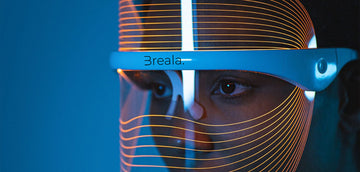Light therapy, also known as Phototherapy , is a type of therapy that uses certain electromagnetic wavelengths to irradiate the skin causing healing effects on the irradiated person. Although the name suggests a recent and innovative technique, some popular anecdotes tell how the ancient Egyptians already used sunlight for its therapeutic properties. In contemporary Western medicine, Phototherapy has been used for almost a century to treat chronic skin conditions such as acne, psoriasis, vitiligo and eczema.
While many treatments aim to regulate the overall immune system, light can be used to regulate the local immune system in the skin, acting exclusively on the affected area. In conditions such as acne, Phototherapy can slow the development of the bacterium that produces it (Cutibacterium Acnes) and the inflammation that produces acne on the skin.

Is Phototherapy safe?
Dermatologists consider Phototherapy safe when used responsibly and in accordance with the manufacturer's instructions for the various devices.
In human studies evaluating this concern, an increased incidence of skin-related issues has not been established. In the largest study to date in which 3867 psoriasis patients were treated with phototherapy, with a median number of treatments of 29 and with 352 patients receiving more than 100 treatments, no significant association with increased of skin problems. The average follow-up period was 5.5 years.
New targeted forms of phototherapy have recently been developed such as the Healthy Skin Mask and the Clarify system.

Targeted therapy is designed to focus healing light on the affected area of skin, saving unnecessary light on the surrounding skin. With recent advances in photomedicine and when used in combination with other therapies, healing can occur sooner. Sunlight and tanning beds contain UVA which can damage the deeper layers of the skin. Portable light technology does not emit skin-harmful UVA rays.





